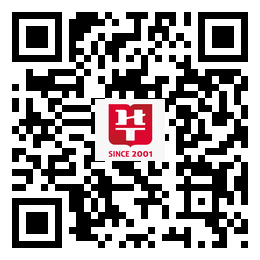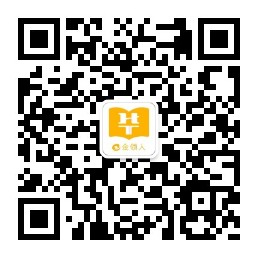2014-10-18 19:10 海南银行招聘考试 https://hi.huatu.com/jinrong/ 作者:海南华图 来源:海南公务员考试网
American tourists, however, shouldn’t expect any relief soon. The dollar lost strength the way many marriages break up- slowly, and then all at once. And currencies don’t turn on a dime. So if you want to avoid the pain inflicted by the increasingly pathetic dollar, cancel that summer vacation to England and look to New England. There, the dollar is still treated with a little respect.
31.Why do Americans feel humiliated?
A. Their economy is plunging
B.T hey can’t afford trips to Europe
C. Their currency has slumped
D. They have lost half of their assets.
32.How does the current dollar affect the life of ordinary Americans?
A. They have to cancel their vacations in New England.
B. They find it unaffordable to dine in mom-and-pop restaurants.
C. They have to spend more money when buying imported goods.
D. They might lose their jobs due to potential economic problems.
33. How do many Europeans feel about the U.S with the devalued dollar?
A. They feel contemptuous of it
B. They are sympathetic with it.
C. They regard it as a superpower on the decline.
D. They think of it as a good tourist destination.
34. what is the author’s advice to Americans?
A. They treat the dollar with a little respect
B. They try to win in the weak-dollar gamble
C. They vacation at home rather than abroad
D.They treasure their marriages all the more.
35. What does the author imply by saying “currencies don’t turn on a dime” (Line 2,Para 7)?
A. The dollar’s value will not increase in the short term.
B. The value of a dollar will not be reduced to a dime
C. The dollar’s value will drop, but within a small margin.
D. Few Americans will change dollars into other currencies.
Text 2
It used to be so straightforward. A team of researchers working together in the laboratory would submit the results of their research to a journal. A journal editor would then remove the authors’ names and affiliations from the paper and send it to their peers for review. Depending on the comments received, the editor would accept the paper for publication or decline it. Copyright rested with the journal publisher, and researchers seeking knowledge of the results would have to subscribe to the journal.
No longer. The Internet – and pressure from funding agencies, who are questioning why commercial publishers are making money from government-funded research by restricting access to it – is making access to scientific results a reality. The Organization for Economic Co-operation and Development (OECD)was just issued a report describing the far-reaching consequences of this. The report, by John Houghton of Victoria University in Australia and Graham Vickery of the OECD, makes heavy reading for publishers who have, so far, made handsome profits. But it goes further than that. It signals a change in what has, until now, been a key element of scientific endeavor.
The value of knowledge and the return on the public investment in research depends, in part, upon wide distribution and ready access. It is big business. In America, the core scientific publishing market is estimated at between $7 billion and $11 billion. The International Association of Scientific, Technical and Medical Publishers says that there are more than 2,000 publishers worldwide specializing in these subjects. They publish more than 1.2 million articles each year in some 16,000 journals.
This is now changing. According to the OECD report, some 75% of scholarly journals are now online. Entirely new business models are emerging; three main ones were identified by the report’s authors. This is the so-called big deal, where institutional subscribers pay for access to a collection of online journal titles through site-licensing agreements. There is open-access publishing, typically supported by asking the author (or his employer) to pay for the paper to be published. Finally, there are open-access archives, where organizations such as universities or international laboratories support institutional repositories. Other models exist that are hybrids of these three, such as delayed open-access, where journals allow only subscribers to read a paper for the first six months, before making it freely available to everyone who wishes to see it. All this could change the traditional form of the peer-review process, at least for the publication of papers.
36. In the first paragraph, the author discusses
A. the background information of journal editing.
B. the publication routine of laboratory reports.
C. the relations of authors with journal publishers.
(编辑:海南华图)

贴心微信客服

海南金领人微信公众号
上一篇:银行招聘模拟练习(二)
下一篇:银行招聘模拟练习(四)
华图在线APP客户端下载